Australian actor David Wenham has been part of a number of huge movies over the years. You may remember his closing speech as the eye-patched Dilios from 300, or his work on Michael Mann’s Public Enemies, perhaps the Pirates of the Caribbean franchise, or the recent Peter Rabbit movies. To Lord of the Rings fans, however, he will always be Faramir, Captain of Gondor. Wenham played the brother of Sean Bean’s Boromir, and a vital part of 2002’s The Two Towers, as well as the multi-Oscar-winning Return of the King.
Twenty years after the trilogy premiered, the actor shares his memories of making a Hollywood classic.
AMEX ESSENTIALS: You were involved with Hollywood productions before, such as Dark City and Moulin Rouge, but The Lord of the Rings trilogy was your first big-budget blockbuster. How did you come to be involved with the films?
DAVID WENHAM: I was asked to screen test, and I put down a screen test. I think, from memory, I actually tested for Boromir. And obviously, that didn’t come off. However, his brother did. And I think, potentially, the physical similarity between myself and Sean Bean probably assisted as well. I’ve said before that we’ve both got big noses, it’s our distinguishing feature!
Once you were cast, what kind of research was involved? There’s a whole world of material on Tolkien’s work…
Yeah, without a doubt. Obviously, the first point of call is reading the piece itself. And what was interesting actually, to be honest, I hadn’t read The Lord of the Rings. The majority of the cast were in the same position as I was. It was a great discovery to dive into that incredibly rich and rewarding world that Tolkien had created. On the other end of the spectrum, you had Christopher Lee. Every year without fail, he read the book once. For decades and decades, he read that book.
Faramir has quite a complex journey in the films. He’s a heroic character, but still struggles with his relationship with his father. It stands out in quite a crowded ensemble. How did you and Peter Jackson work together to realise that arc in such a satisfying way?
There are so many different story strands within the piece, and obviously, it’s an incredible achievement for creators to be able to keep each of those storylines present over each of the films. In terms of Faramir’s story arc, it was created wholly and solely by Peter and Fran Walsh and Philippa Boyens who wrote the screen adaptations. My contribution was just to realise what they put down on paper, and the choices that they had made about which parts of Tolkien’s novel would come to the screen and which other parts wouldn’t. But that’s the decision of screen adapters.
Indeed, there is more of Faramir in the books than there is in the films. Do you wish you had been able to explore the character more on screen?
It would have been good. Yeah, without a doubt that would have been a terrific thing to do. But you realise that there were only three movies made. Potentially, if there were four, we may have seen more of Faramir and (his love interest) Éowyn. It’s tricky, but I understand the amount Peter, as a director, has to work with. We delivered just enough. You want the audience wanting more, not less.
Of course, you also worked with Andy Serkis as Gollum. Motion capture was such a new process back then. How do you remember the experience?
Those were some of my favourite moments on set, actually. I relished the opportunity to work with Andy Serkis who is obviously an extremely creative and talented actor. But he’s also one of the most generous and giving actors that I’ve ever had the privilege to work with. So, so supportive, there at every second for anybody who was involved in scenes with him. He was truly a joy to work with.
The great thing is working with an actor in a motion-capture scene is the fact that there was another actor that you do get to bounce back and forth with as opposed to just looking out to a green screen and imagining – having imaginary characters, which is so much more difficult than actually working with a fellow actor. And Andy is just a joy to work with. An extraordinary performance.
The films of the trilogy, celebrating their 20th anniversary this year, are still remembered as some of the greatest of all time, by both fans and critics. What is that like to be a part of that?
You feel privileged, privileged to have been involved in it. Even at the time when we were in Wellington, in the early days of filming, everyone I think involved in the project – cast and crew alike – were aware that they’re involved in something really, really special. You got off to a pretty good head start by resource material involved. Tolkien’s book is so widely revered and loved, and the amount of work that Peter and all the creatives put into that film, you felt that you were onto something special – very rarely does that happen during your career. But that was certainly the case on the set of The Lord of the Rings. It was a privilege to go to work every day, and it didn’t feel like work. It was an adventure. As I said, looking back now, twenty years later, you pinch yourself because it was an extraordinary time.
Do you still get people coming up to you asking about Faramir, and the movies?
Absolutely. If it’s not every day, it’s every second day that somebody will bring the movie up and want to engage in conversation about it, because you’re right – (the films) are so genuinely loved by, right now, quite a number of generations, you feel pretty chuffed being involved in it.
Looking at your career as a whole, you’ve enjoyed such a wide variety of roles – a Spartan in 300, a scientist in Van Helsing, the villain in 2008 epic Australia – there’s such a mixture of characters. Is it intentional that you always try something new?
I’ve always seen myself as a character actor and that, I think, has allowed me possibly a wider array of opportunities than otherwise, if I had just concentrated on playing leads. As an actor, it’s very difficult in a way to curate a career, because you’re always at the whim and mercy of other people’s interests. So, you’re waiting for the phone to ring, to see the work that’s available at a particular time. The tricky thing for an actor is realising when to say no. I’m fortunate, I have offers that come in for certain projects, and I do say ‘no’ quite a bit. That’s the only way I can sort of curate a career that I find creatively fulfilling.
Is there anything you look for specifically in a role that makes you say ‘yes’ immediately?
It can be a number of things. The script has to work, and you can tell relatively early, when you’re reading scripts, what they’re going to be like. Also, the character has to intrigue me in some way, shape or form. There’s the creative team as well – a director that I’d love to work with, or if it’s a social piece that aligns with my thinking. There’s lots of different little aspects that will draw me to a particular role or a particular film.
Finally, you’ll next be seen in Elvis, Baz Luhrmann’s biopic starring Austin Butler and Tom Hanks. Is there anything you can tell us about working on that?
This is my fourth collaboration with Baz, and I’ve got to say, I think this film is going to be pretty special. Like The Lord of the Rings, it’s one of those rare occasions where everybody involved in the project has come away from it just singing its praises. It was an extraordinary experience. To see Austin Butler literally transform into Elvis for a period of however many months, his performance is nothing short of breathtaking. And what they’ve just done with the film, I think it is really going to amaze people. I rarely say this. In fact, I can’t remember the last time I actually did say that.
[Photo At Top: Eva Rinaldi via Wikimedia Commons]

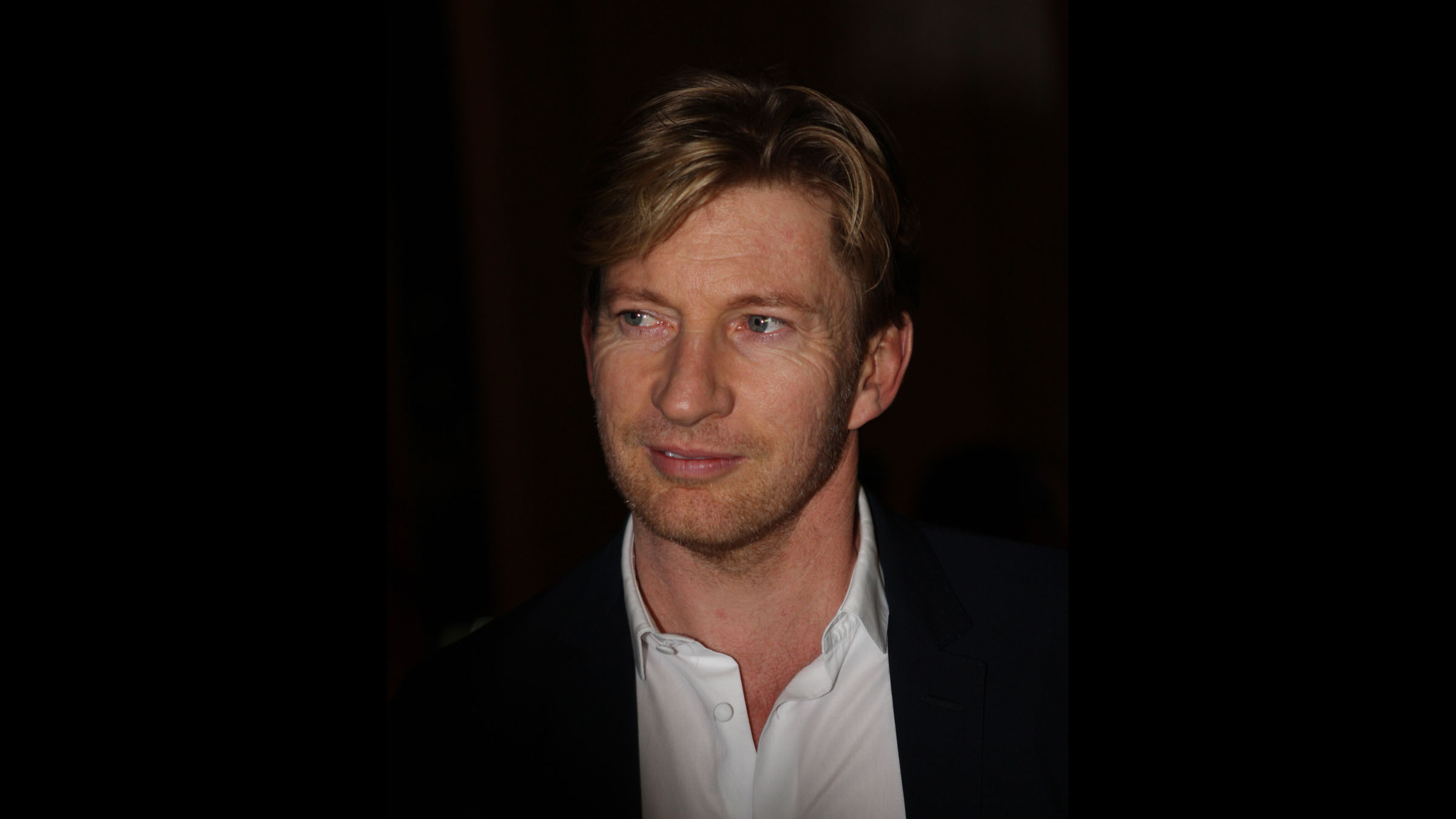

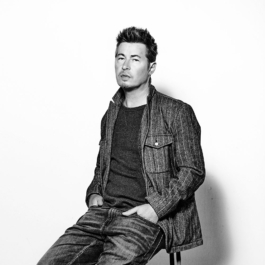




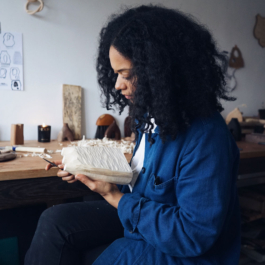


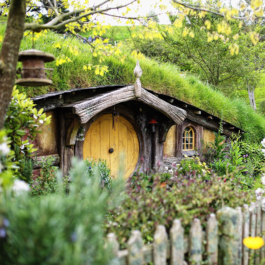
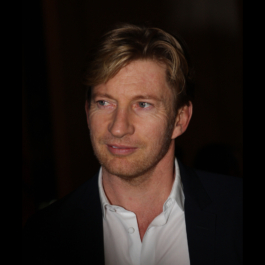
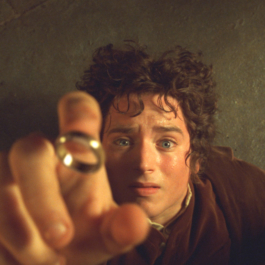
Sorry, the comment form is closed at this time.